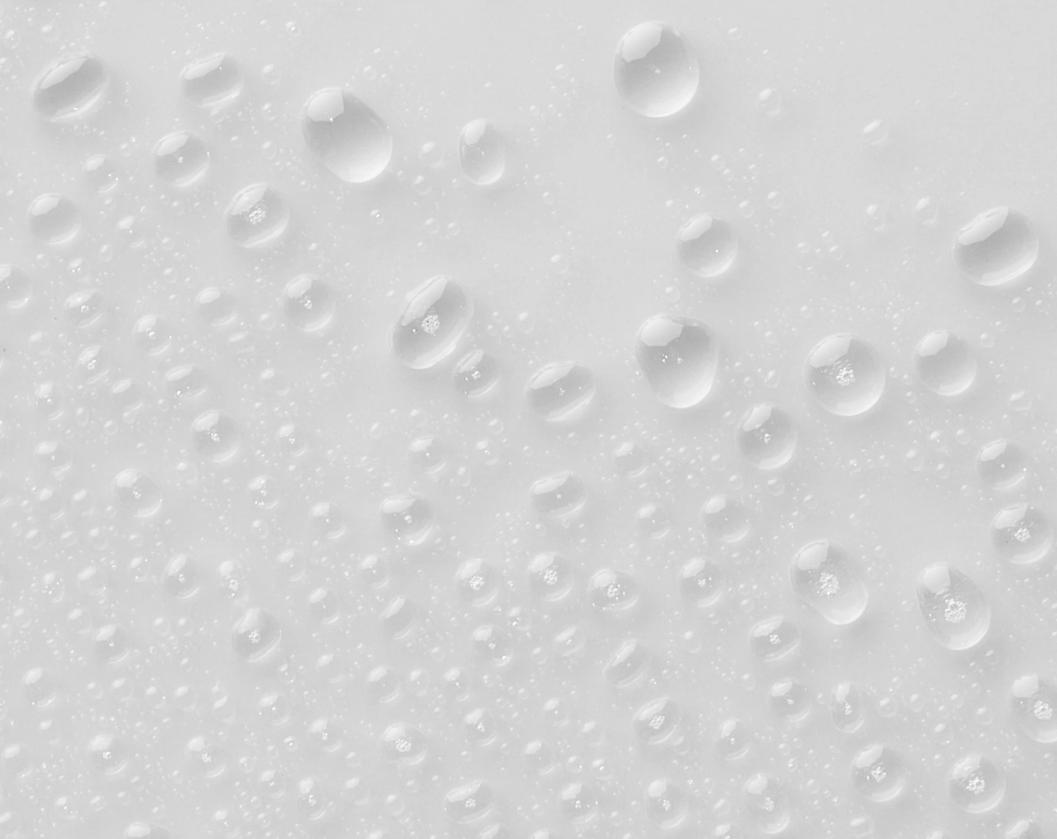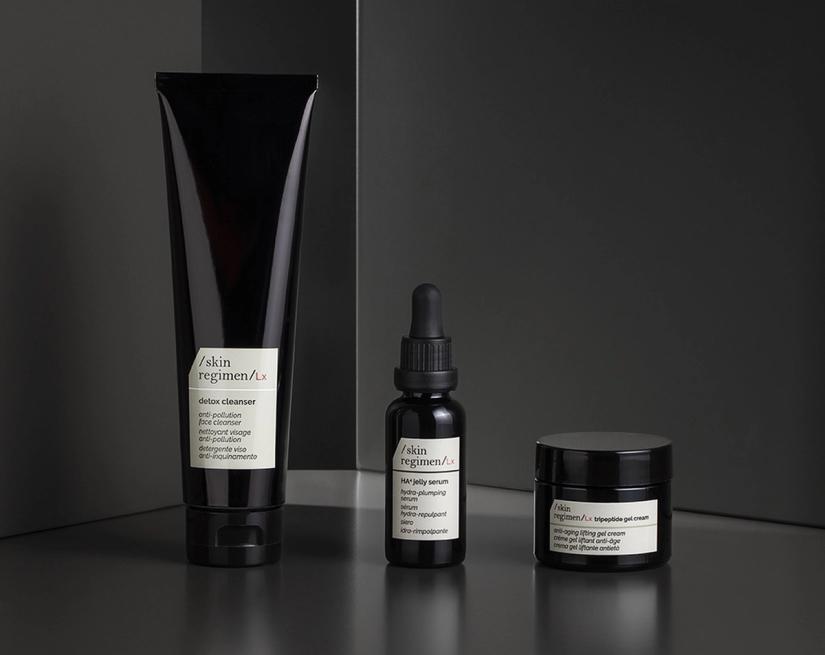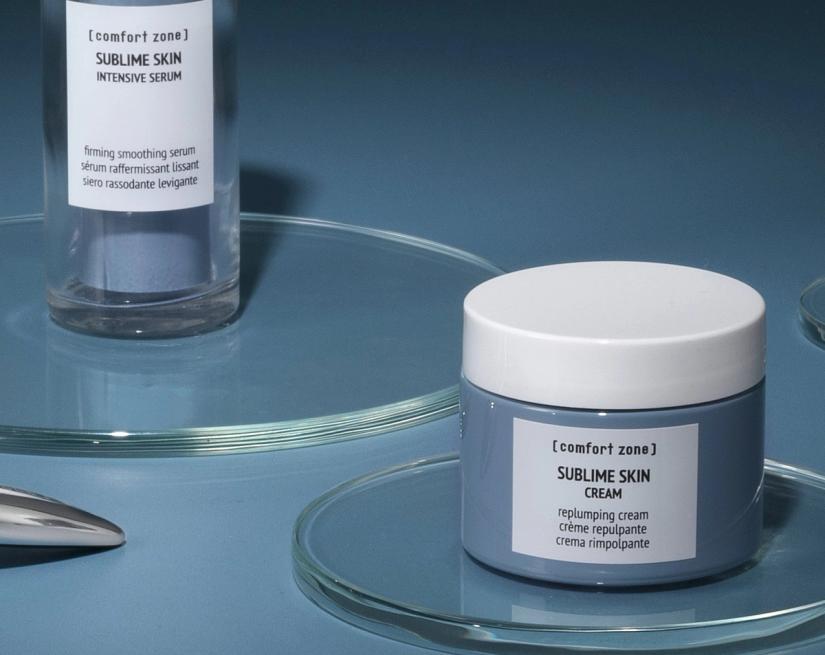skin care
How Should You Take Care of Your Skin After a Chemical Peel?
Maria Giulia Simonazzi | International Training Manager
10 min read

Chemical peels are becoming more popular in the United States—in fact, they are currently the third most commonly performed non-invasive cosmetic treatment.
These treatments are known for rejuvenating and refreshing the skin while also treating specific skin concerns, such as fine lines, discoloration, acne, the effects of aging, and hyperpigmentation. A chemical peel is frequently performed for anti-aging because it removes the top layer of skin to reveal a smoother, more radiant layer underneath.
Chemical peels (superficial, medium, or deep) provide significant results that enhance the overall appearance of the skin. Before getting a peel, it is extremely important to receive a thorough consultation, especially if you have sensitive skin. When performed correctly, most people experience pleasing results. However, once treatment has been carried out, it is vital to ensure you have a proper skincare routine to avoid any possible complications or side effects.
"Keep in mind that following the activity and intensity of a peel, the best thing for the skin is soothing and protective nourishment. Use fragrance-free gentle cleansers, pat your skin dry with the softest face towel you have, and moisturize day and night."
Elisabeth Nehme - Global Brand Ambassador Comfort Zone
14 Tips for Chemical Peel Aftercare
There are three main kinds of chemical peels to choose from. Chemical peels should be performed by professionals to reduce the chances of complications. Each one—whether it is a superficial, medium, or deep peel—follows a step-by-step process. As you care for your skin post-treatment, you should also follow a guided routine. While the possible side effects are minimal, we are going to cover the most important steps you should take to ensure proper healing.
Listen to the Pros
Chemical peels require medical knowledge and practice. It is so important to listen to your dermatologist and follow their advice before and after your peel takes place. They will give you specific instructions on how to care for your skin post-peeling process. Remember, your dermatologist knows the science behind the treatment and they will be the best resource for questions and concerns.
Stay Hydrated
While staying hydrated is always vital, it is a critical chemical peel aftercare tip. For the first few days following a peel, your skin will be very sensitive and dry, especially after a medium or deep peel. During this time it is extremely important to drink plenty of water.
Avoid Exercise and Sweating
Both heat and sweat can irritate your skin post-peel. Avoid saunas, tanning beds, hot tubs, and other sources of high heat. For this same reason, you should avoid physical exercise that increases your heart rate and causes excessive sweating. This can slow down the recovery process and cause negative side effects. You should keep cool until you begin to see signs of recovery.
Do Not Pick or Peel
A chemical peel uses exfoliation to remove dead skin cells and reveal glowing, healthy skin. After your peel, the dead skin will start to shed. While it may be tempting to pick or touch flaking skin, you should resist the urge because it can cause complications with healing. Let the peeling skin shed off naturally to avoid irritating the skin. Touching, picking, or peeling can lead to scarring, bleeding, infections, or breakouts. If these complications do occur, have your dermatologist treat you.
Keep Hair Away
It is recommended to keep your hair up and away from the healing skin. If your hair is down, the skin might get more irritated, and you are more likely to touch it. This could lead to breakouts or cold sores caused by dirt and bacteria from the hands and fingers.
Wash With Cool Water
You can still wash your face after a chemical peel, but be sure to use cool water. The skin is so sensitive post-peel that hot or cold water may feel uncomfortable or irritate the skin. Hot water may also cause inflammation and impede the healing process. Once the peeling has stopped and new skin cells start to emerge, you may introduce warmer or colder water back into your routine.

Use a Gentle Cleanser
After a chemical peel, you should use skincare products that will not irritate the skin. Avoid soap-based and perfumed cleansers that contain harsh ingredients. These can dry out the skin and strip it of its natural oils. Your skin will be highly sensitive during recovery, so it is important to choose a gentle cleanser that is hydrating and good for all skin types.
Add a Hydrating Serum
A hydrating serum can help soothe the skin when it is dry after a chemical peel. A serum that contains hyaluronic acid is absorbent, light in texture, and gives immediate long-lasting hydration. Hydrating serums also contain antioxidants that nourish the cells from within.
Don't Exfoliate
Chemical peels use acids (like glycolic or salicylic) in high concentrations to exfoliate the skin. After a medium or deep treatment, the new skin that emerges will be extremely delicate, but free of bacteria and dirt. It does not need to be re-exfoliated. These types of peels may require you to wait weeks before exfoliating again. You should also avoid other cosmetic treatments like waxing, botox or laser hair removal for at least two weeks.
Moisturize
Moisturizing after a chemical peel is a great way to hydrate and soothe your new skin. Apply multiple times throughout the day to ease discomfort. Also, consider using moisturizers that are fragrance-free and have a soothing, hydrating effect. Or choose a defense cream that nourishes dry, sensitive skin. While it is important to moisturize, remember that the goal of a chemical peel is to let the dead skin shed off naturally. It may not peel properly if it is over-moisturized.
Leave Retinol Out
Retinol serums help increase cell production by exfoliating the skin. However, after a chemical peel, your skin is working on new cell growth. Using retinol during this period may leave you with unwanted side effects by damaging your vulnerable skin. You should wait until your skin has fully healed before resuming the use of retinol. If you are unsure of the exact time it is okay to resume, ask your dermatologist.
Always Use Sunscreen
The skin that emerges after a chemical peel is sensitive and delicate to UV rays. Sun exposure or tanning without the application of at least SPF 30 can lead to sun damage or sun spots. A broad-spectrum sunscreen will help protect new skin while it is still vulnerable. Apply it regularly, especially if you leave the house during recovery.
Keep the Routine Light
Your skin needs to heal naturally after a chemical peel. During the healing process, use skincare products that are non-abrasive and free from harsh ingredients. Keep your skincare routine light and go easy on the number of products you use.
Let the Skin Rest
Be gentle with your skin after a chemical peel treatment. It will need time to heal properly. As you follow these tips and stay consistent with your at-home care, you’ll find that the results are worth it.
Create the Right Skincare Routine
Set yourself up for a smooth healing process by following our 14 chemical peel aftercare tips. Remember, it doesn’t have to be difficult to care for your skin after this treatment. Simply create a skincare routine by using toners, cleansers, and moisturizers. Also, keep an eye on products that are made with natural and organic ingredients as they are more gentle on sensitive skin. Our final tip is to just be patient with the process—your skin will thank you.



